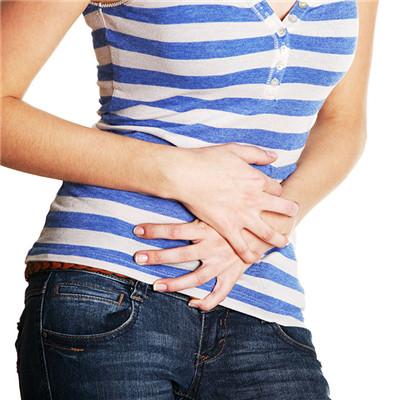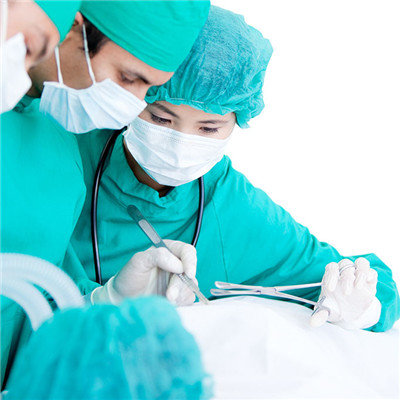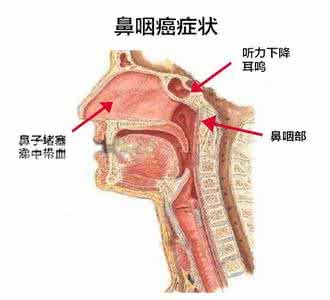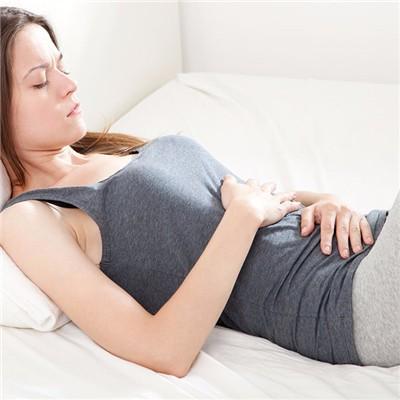What are the common symptoms of primary osteoporosis?
summary
Osteoporosis is a common bone disease in our life. The inducement is relatively complex. It is generally related to genetic, diabetes, chronic kidney and other diseases. It often occurs in middle-aged and elderly friends, and its harm is greater. I hope you can pay attention to it, master the common symptoms of osteoporosis in time, and pay close attention to your own physical changes in your life, Seek medical treatment in time.
What are the common symptoms of primary osteoporosis?
Pain. The most common symptom of primary osteoporosis is low back pain, accounting for 70% - 80% of patients with pain. The pain spread to both sides of the spine. The pain was alleviated when lying on the back or sitting position. The pain was aggravated when standing upright or standing for a long time or sitting for a long time. The pain was mild during the day, aggravated when waking up at night and in the morning. The pain was aggravated when bending, muscle movement, coughing and defecating.
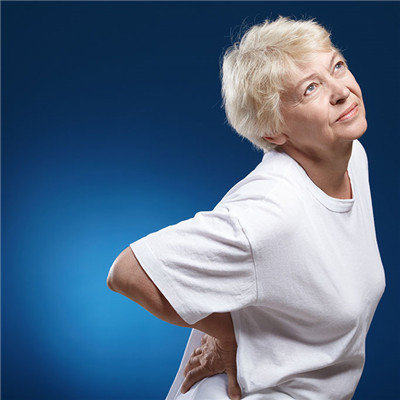
Short and hunchbacked. Most of them appear after pain. The anterior part of the vertebral body is almost composed of cancellous bone, and this part is the pillar of the body, with heavy load, it is easy to compress and deform, making the spine lean forward, aggravating the curvature of the back, forming a hunchback. With the growth of age, osteoporosis aggravates, the curvature of the hunchback increases, resulting in significant contracture of the knee joint.
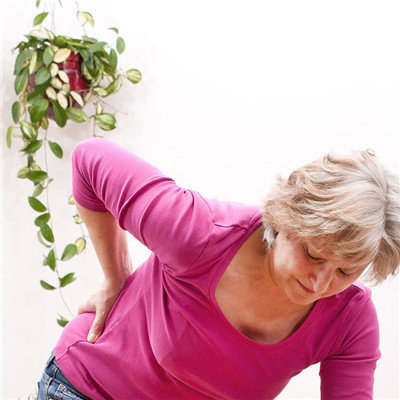
Respiratory function decreased. Thoracolumbar compression fractures, kyphosis, thoracic deformity, can significantly reduce vital capacity and maximum ventilation, patients often appear chest tightness, shortness of breath, dyspnea and other symptoms.
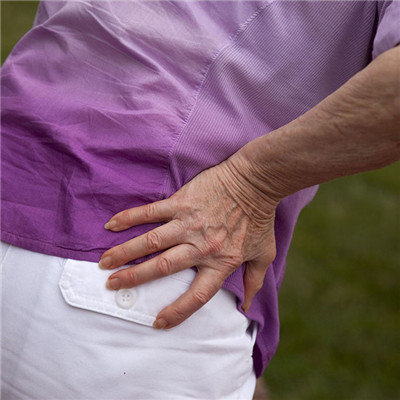
matters needing attention
Research data show that in the long-term low calcium diet group, the risk of osteoporosis in the elderly can reach more than 79%, while only 1 / 4 of the long-term intake of calcium rich diet group suffer from osteoporosis. Therefore, calcium is best obtained from food. Even if osteoporosis has been confirmed, doctors will guide patients to improve their diet and take calcium properly. Everyone (especially the middle-aged and elderly) should pay great attention to calcium supplement through food. Milk, bone soup, seafood and green leafy vegetables are rich in calcium ions that can be absorbed by the human body. Eating more of these foods is conducive to increasing calcium intake. At present, medical nutritionists especially recommend milk. Middle aged and elderly people insist on drinking 500 ml milk every day, which can greatly reduce the incidence of osteoporosis.





